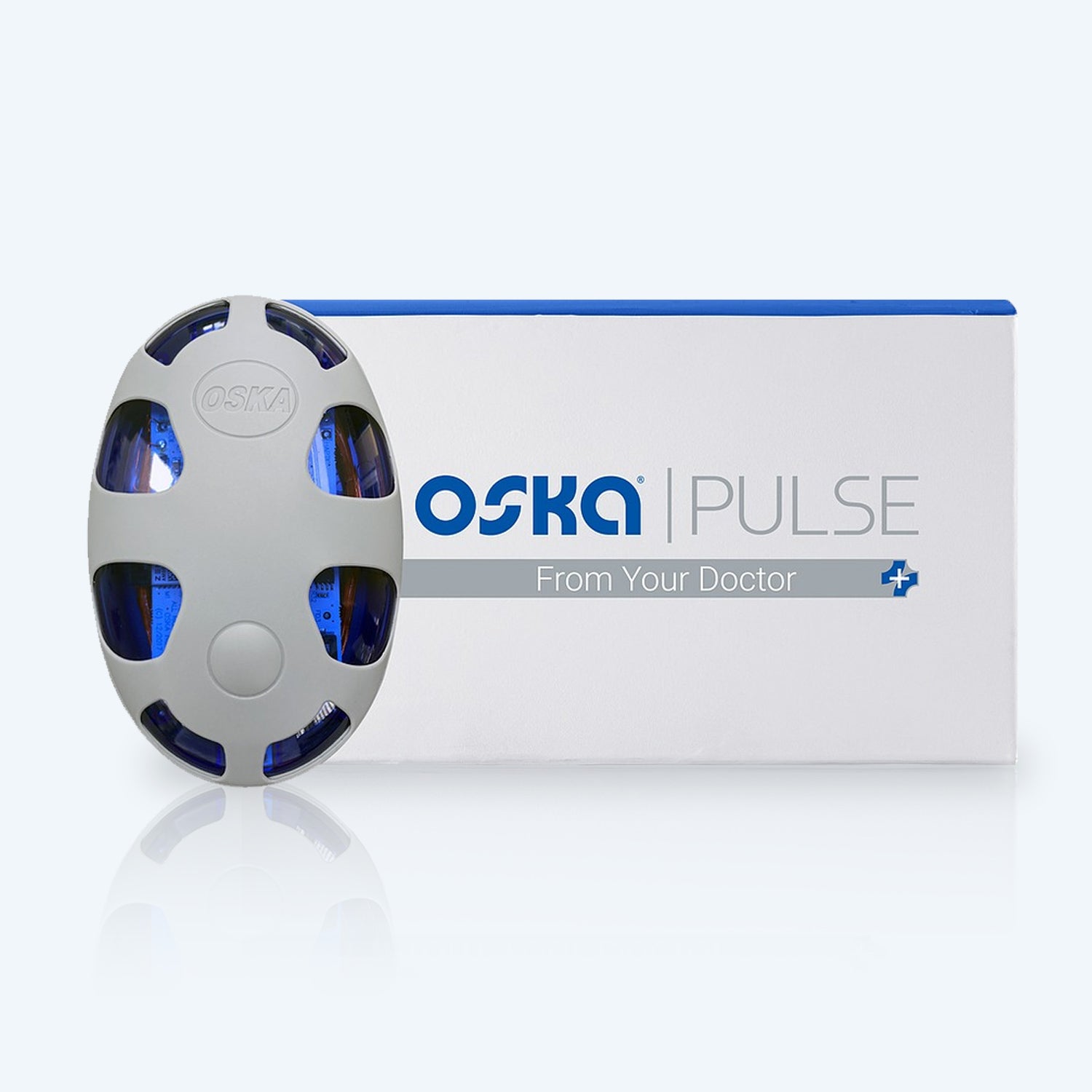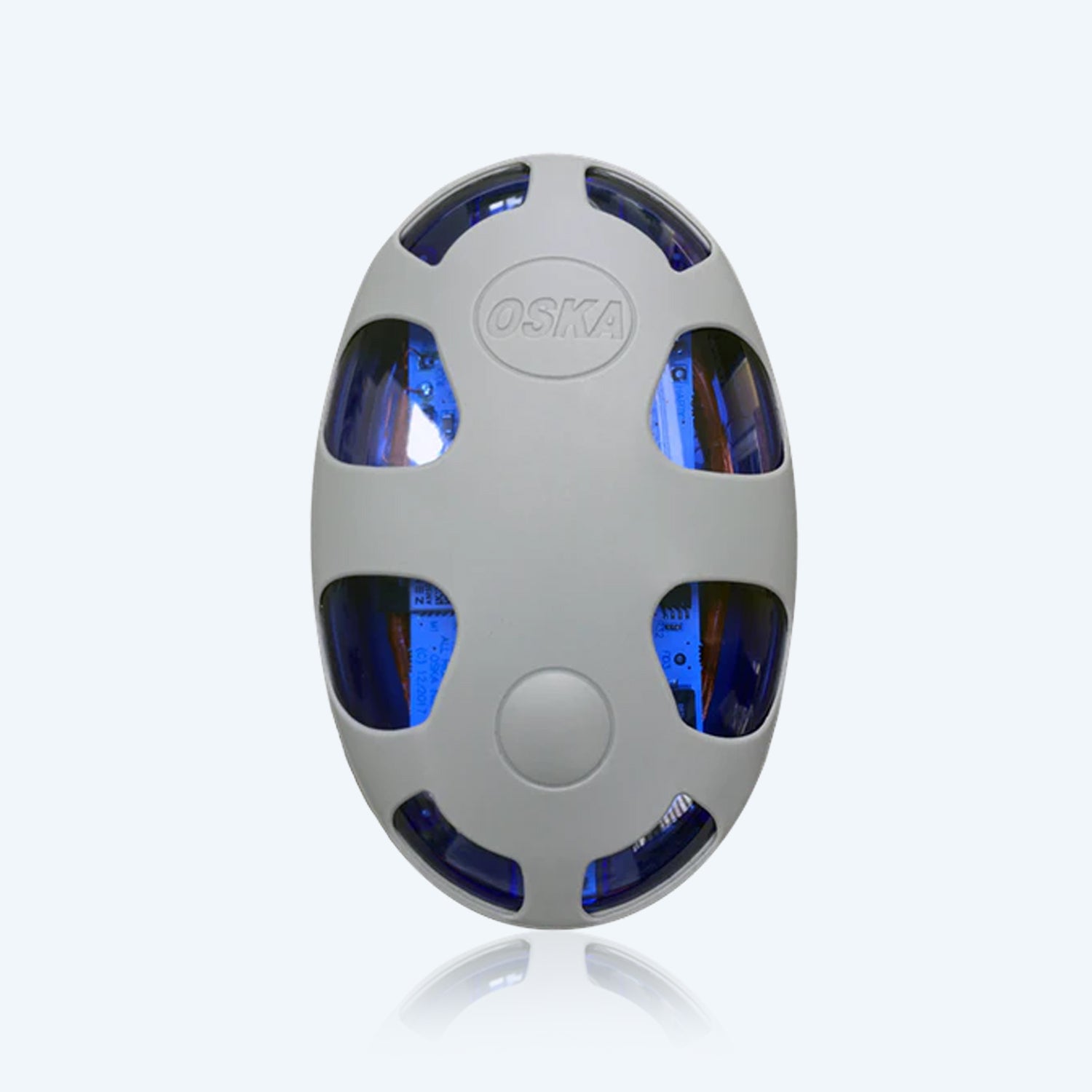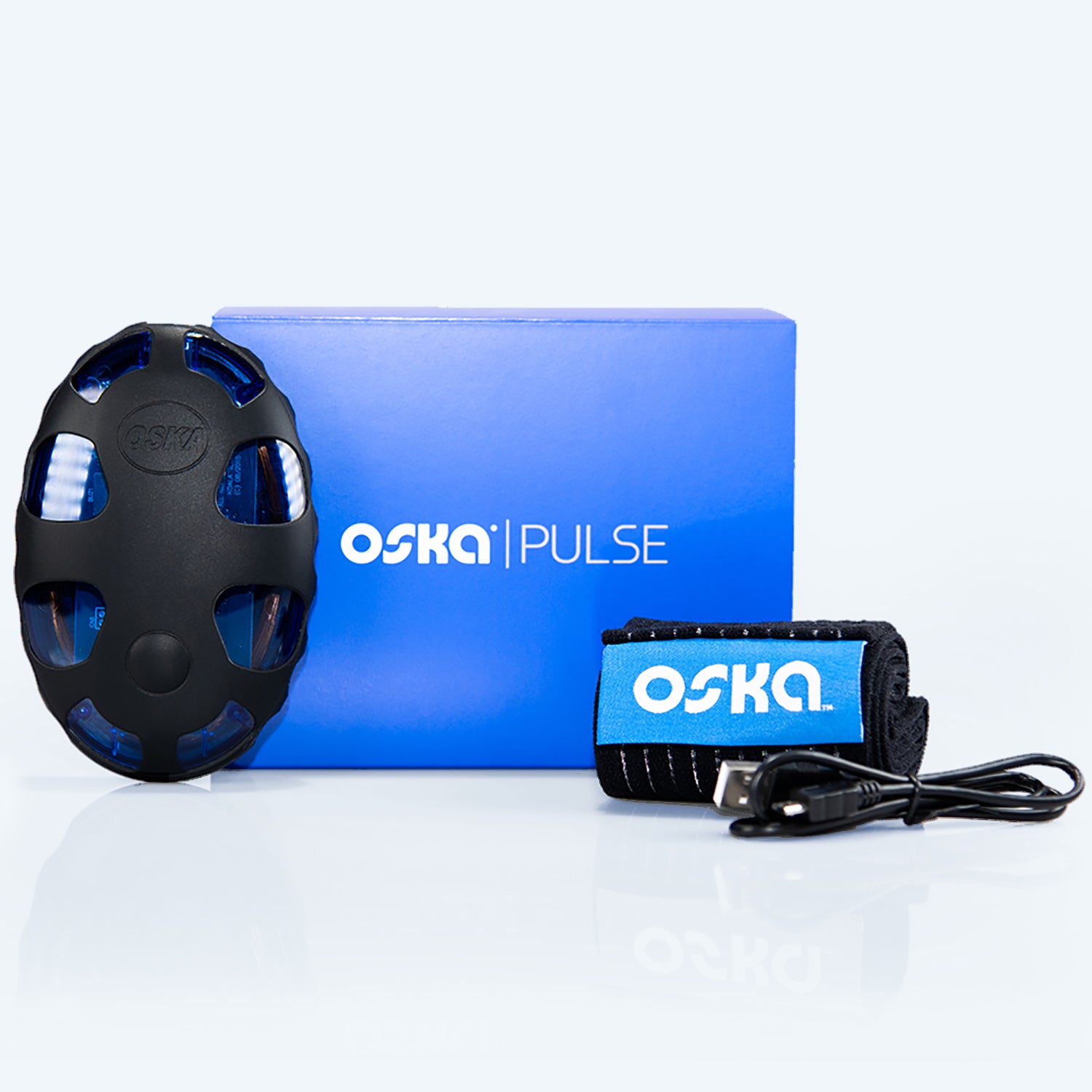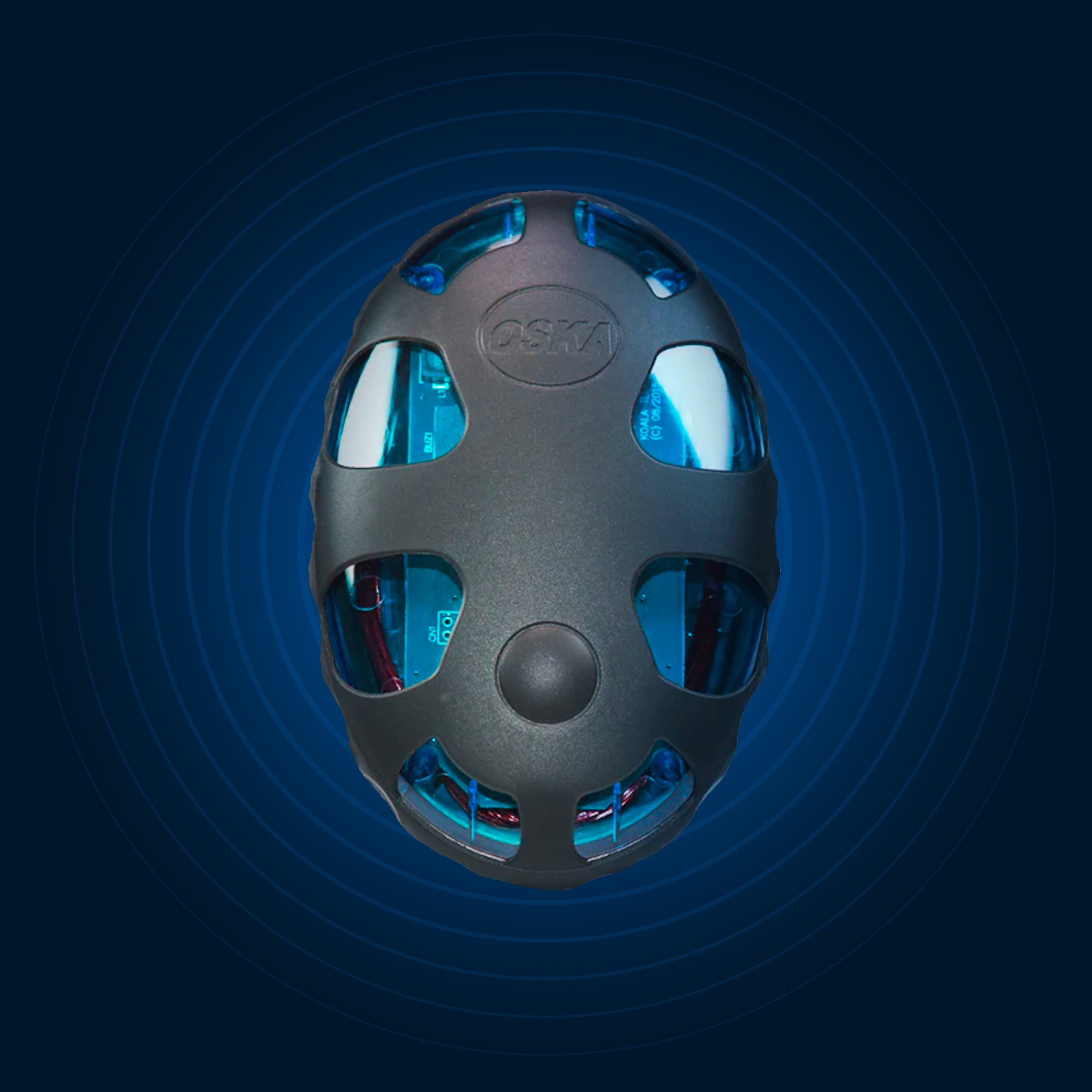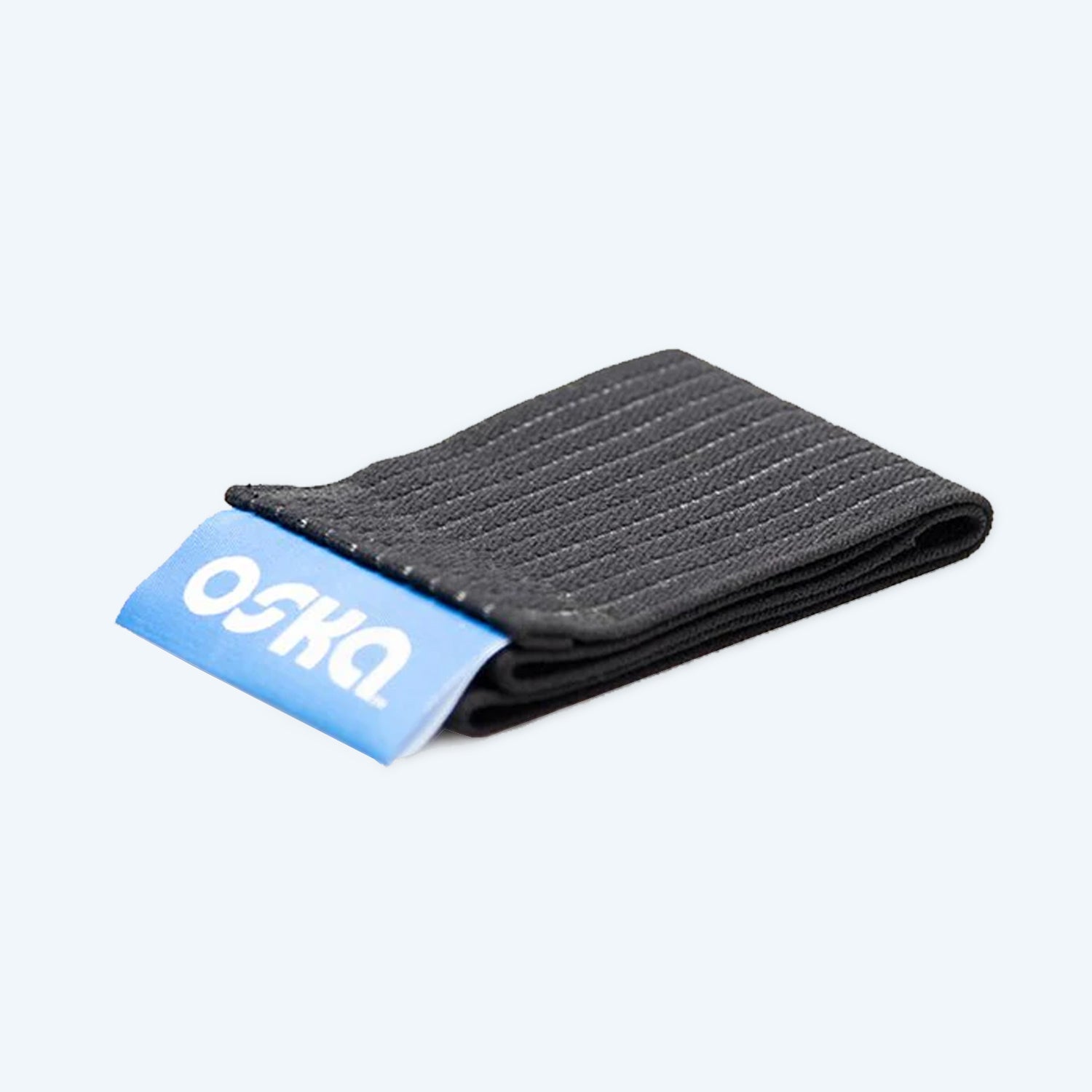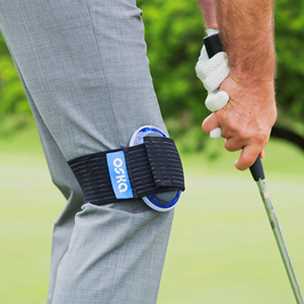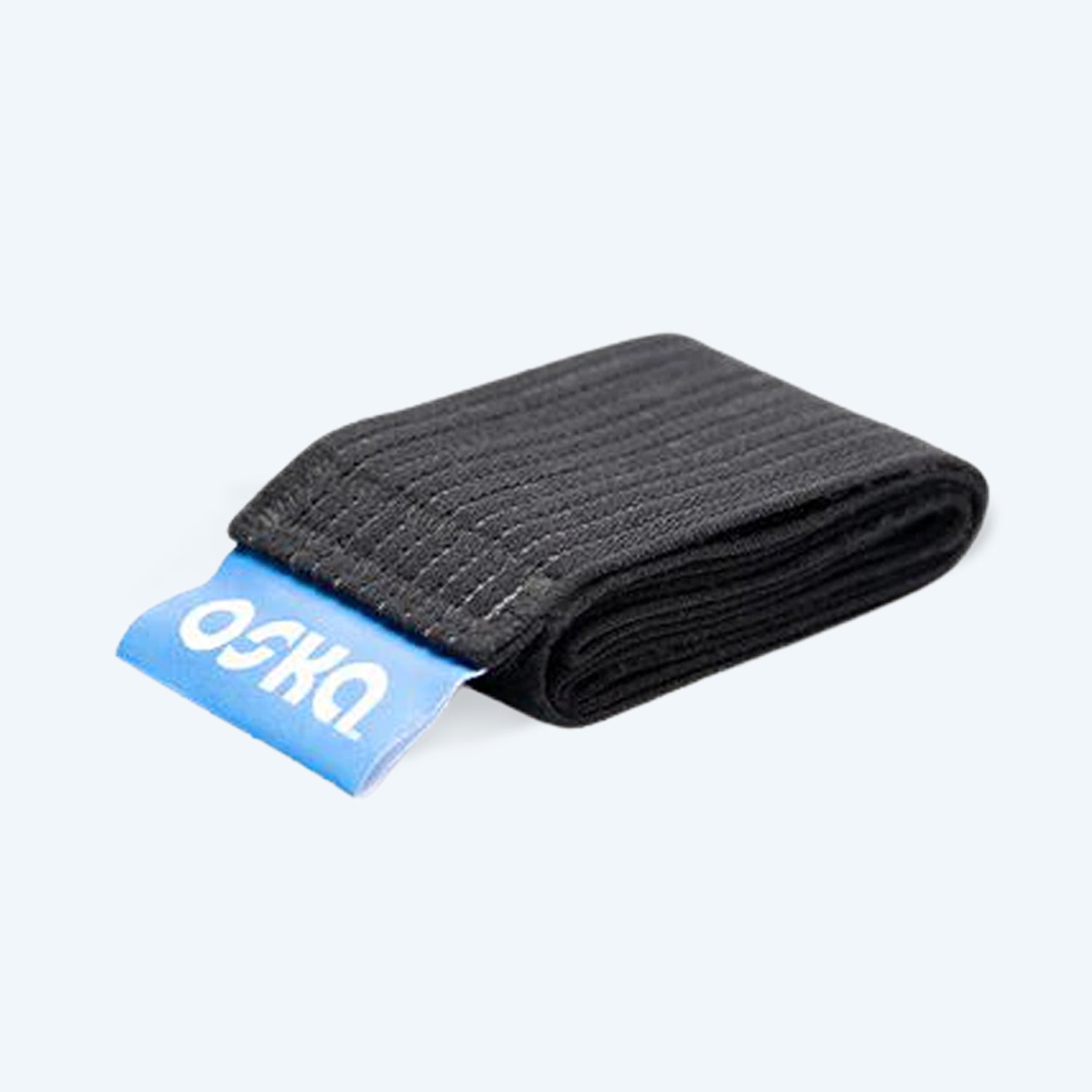Is OSKA Pulse another TENS machine?
No. OSKA is a device that uses pulsed electromagnetic fields (PEMF) that stimulate cell repair, providing a number of health care applications, not just pain relief. So what is TENS?
A ‘TENS’ device is connected to the skin using two or more electrodes to which a low voltage, non-invasive electrical current is passed across the skin. This low risk nerve stimulation signal is intended to reduce pain, both acute and chronic by reducing the perception of pain.
There is certainly a place for TENS particularly where instant relief is sought. However it must be understood that this machine is designed for temporary relief only and not for deep seated cell regeneration. It does not deal with the cause of pain, it simply designed to mask pain.
A TENS device only blocks pain.
Here’s a run-down of the main differences between PEMF devices and TENS units.
PEMF and OSKA Pulse
Pulsed electromagnetic field therapy (PEMF) is a treatment approach that relies upon electromagnetic fields targeting the body at the cellular level. It’s main purpose is to stimulate cell repair, and can therefore be used in a number of healthcare applications, including helping to manage chronic pain and to stimulate the healing process of fractured bones and wounds.
Meanwhile, trans-cutaneous electrical nerve stimulation (TENS) therapy utilises a low voltage electrical current to relieve symptomatic pain by exciting sensory nerves and stimulating the opioid system or the pain gate mechanism. Although PEMF devices and TENS units are closely related, they differ in a number of ways.
Mechanism of Action
The main difference between PEMF devices and TENS units is the mechanism by which they achieve their therapeutic benefits. As the name suggests, PEMF devices use electromagnetic fields generated by a copper coil.
These magnetic fields are pulsed and apply to the body with the aim of enhancing the repair process of bodily cells and tissues. On the other hand, TENS units make use of a low voltage electrical current that stimulates the nerves.
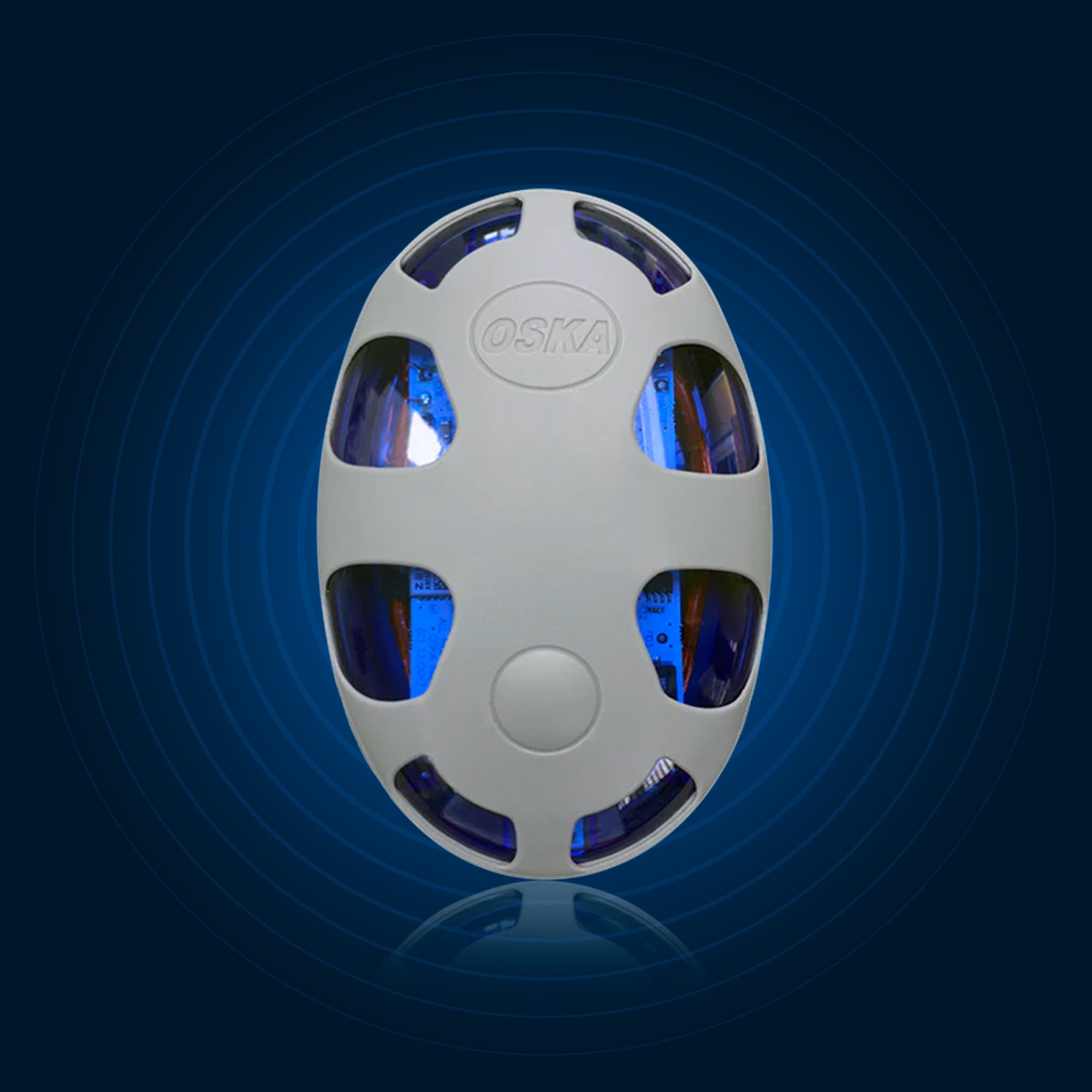
Application
PEMF devices and TENS units also differ in their range of clinical applications. Although TENS units are highly effective at managing symptomatic pain, they cannot affect the healing process in any way.
Conversely, PEMF is used to facilitate the repair of the damaged cells, stimulate neurons, reduce inflammation, and even enhance the creation of new healthy cells. PEMF therapy can also help in improving circulation, speeding wound healing, and improving sleep quality and has recently been reccomended as an option in treating CRPS (Chronic Regional Pain Syndrome). All of these uses are in addition to the pain management benefits that PEMF devices share in common with TENS units. A patient suffering from a non-union fracture may use a PEMF device to achieve pain relief and speed up the healing process simultaneously, whereas a TENS unit would only be able to lessen the pain resulting from the fracture.
Convenience
Since TENS units make use of an electrical currents, they require direct contact with the skin. PEMF devices however, rely on electromagnetic fields, and therefore do not require direct contact with the skin. PEMF therapy can be applied over clothing, which makes them a more convenient option for a wider range of use. PEMF devices can also target a larger area of the body at the same time compared to the coverage capacity of TENS electrodes which are attached to the skin via adhesive pads. Thus, TENS electrodes must be moved from one area of the body to another, which can be inconvenient and time-consuming. Many people report skin irritation with constant use.
Conclusion
While many people consider PEMF devices and TENS units to be in similar categories, these devices have several unique features that set them apart. They utilise very different mechanisms of action to achieve their therapeutic results and differ substantially in their medical applications. TENS units are primarily used in pain management, while PEMF devices can facilitate healing – relieving pain by resolving the cause. There are many unique features that set the Oska Pulse apart from other devices.
Using a series of uniquely configured wave-forms in a sequential treatment protocol, the design of the OSKA Pulse means it is completely portable and convenient to use in most situations, whilst working, travelling and sleeping, and comfortable for all ages.
If you’re looking for a well priced portable convenient and easy-to-use PEMF device, you can’t do better than the OSKA Pulse.


